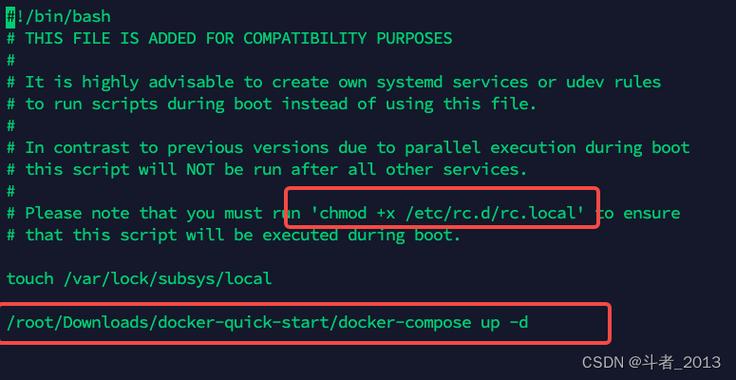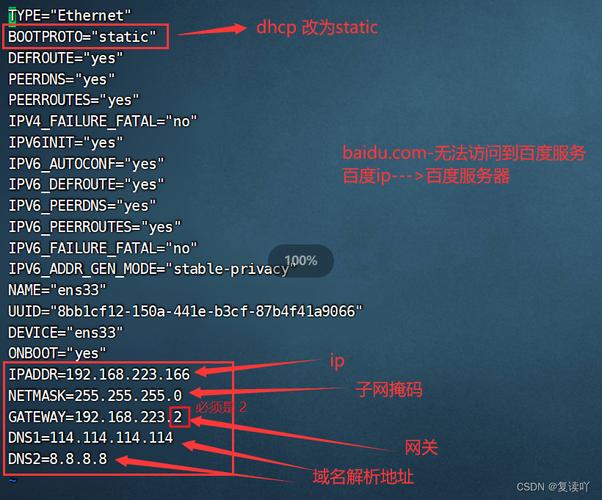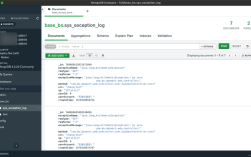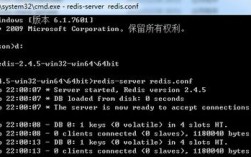1、系统服务管理
systemctl enable:设置指定的服务为开机自启动。systemctl enable httpd.service 可将httpd服务设置为开机自启动。

systemctl disable:取消指定服务的开机自启动,如systemctl disable httpd.service 可取消httpd服务的开机自启动。
systemctl start:立即启动指定的服务,比如systemctl start httpd.service 可立即启动httpd服务。
systemctl stop:停止正在运行的指定服务,如systemctl stop httpd.service 可停止httpd服务。
systemctl restart:重启指定的服务,例如systemctl restart httpd.service 可重启httpd服务。
systemctl status:查看指定服务的状态,如systemctl status httpd.service 可查看httpd服务的当前状态。
2、网络管理

nmcli device connect:使用 NetworkManager 命令行工具连接到网络设备。nmcli device connect eth0 ipv4.addresses 192.168.1.100/24 ipv4.gateway 192.168.1.1 ipv4.method manual ipv4.dns 8.8.8.8 8.8.4.4 可手动配置网卡 eth0 的 IP 地址、网关和 DNS。
3、文件系统操作
mount:挂载文件系统。mount /dev/sda1 /mnt 可将 /dev/sda1 设备挂载到 /mnt 目录。
umount:卸载已挂载的文件系统,如umount /mnt 可卸载 /mnt 目录。
4、用户管理
useradd:创建新用户。useradd postgres 可创建一个名为 postgres 的用户。
passwd:为用户设置密码,如passwd postgres 可为 postgres 用户设置密码。
以下是两个关于 CentOS 开机命令的常见问题及解答:
1、问题:如何查看系统开机启动的服务列表?
回答:可以使用systemctl listunitfiles | grep enabled 命令来查看所有已设置为开机启动的服务列表。
2、问题:如何修改开机启动顺序?
回答:可以通过编辑/etc/systemd/system/multiuser.target.wants/ 目录下的符号链接来调整开机启动顺序,将需要先启动的服务链接放在前面,后启动的服务链接放在后面。










